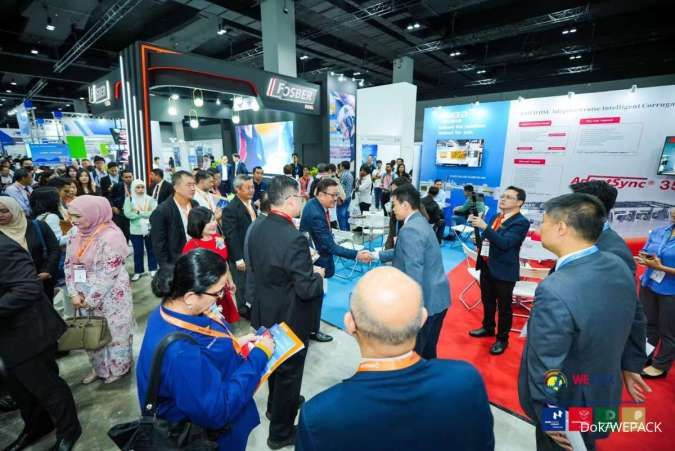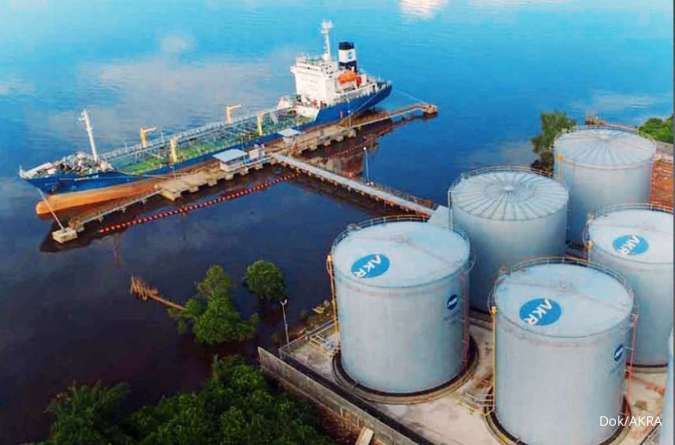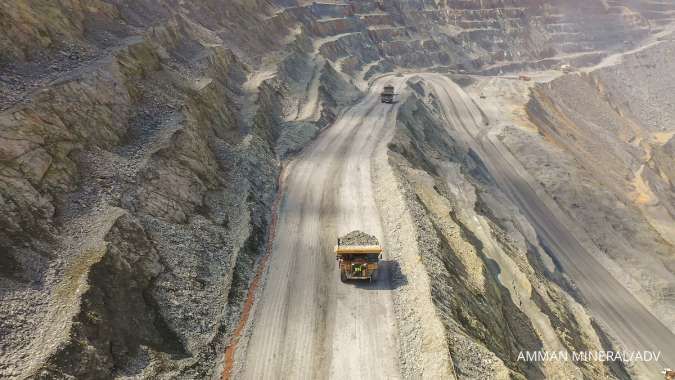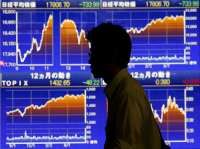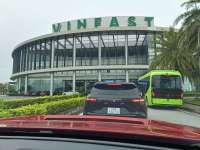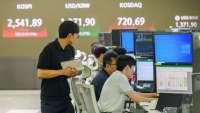AUSTRALIA - JAKARTA. SYDNEY – The Australian government has announced its readiness to channel substantial investments into Southeast Asia, including Indonesia, through an infrastructure funding scheme worth AU$ 2 billion. This was announced by Prime Minister Anthony Albanese at the ASEAN Summit a few weeks ago.
Matt Thistlethwaite MP, Assistant Minister for Foreign Affairs and Trade, who is also the Assistant Minister for Immigration, emphasized that Indonesia has a significant opportunity to be the largest recipient of this investment, in line with the strengthening economic and defense relations between the two countries.
Thistlethwaite noted that the Indonesia-Australia trade relationship has been dominated by exports of meat and wheat, as well as the flow of Indonesian students to Australia. However, this pattern is beginning to change.
Read Also: Danantara to Deploy $10 Billion in First Three Months, Eyes Global Push, CIO Says
“President Prabowo Subianto and PM Albanese announced a new defense cooperation last week. This ensures both countries work together to maintain the security and welfare of their people,” he said during an interview at his office on Monday (17/11).
Australia has also noted a high mobility of its citizens to Indonesia, especially Bali, which is a favorite destination for Australian tourists.
Reevaluation of IA-CEPA Negotiations
Entering its fifth year, the Indonesia-Australia Comprehensive Economic Partnership Agreement (IA-CEPA) is now in the review phase.
“We will look at what has been going according to plan and what needs to be improved. Such reviews are common in almost every trade agreement,” he said.
One of Australia's main focuses is to deepen cooperation in future sectors: critical minerals, artificial intelligence (AI) technology, renewable energy, and sustainable manufacturing.
Thistlethwaite mentioned that Australia currently has a jumbo pension fund worth AU$ 4 trillion, which has been placed in the North American and European markets. However, PM Albanese's administration is shifting its investment strategy towards Southeast Asia.
Read Also: BRI Luncurkan BRILiaN Way Menuju One of The Most Profitable Bank in Southeast Asia
“We see Indonesia's rapid population growth, a growing middle class, political stability, and a great need for infrastructure. This factor reduces investment risk,” Thistlethwaite explained.
Australia's pension fund has previously funded railway projects, and is now targeting major projects in Jakarta, Kuala Lumpur, and Singapore.
Opportunities in Renewable Energy and Minerals
Australia believes that Indonesia has a strategic position in the future energy supply chain.
Thistlethwaite claims that currently, 80% of the world's solar panel technology originates from innovations at the University of New South Wales (UNSW).
On the other hand, the green energy fund program encourages the development of clean energy in developing countries.
"Australia and Indonesia both have critical mineral reserves that are important for EV batteries and the technology industry," said Thistlethwaite.
At the same time, Australia offers the Future Made in Australia policy—which invites global industries to build downstream facilities in Australia. According to Thistlethwaite, this policy can be implemented in collaboration with Indonesia.
Read Also: Australia and Indonesia Announce New Security Treaty
Australia prioritizes its relationship with Indonesia.
“There are two major areas we want to improve: trade and new investment opportunities,” he emphasized.
The Australian Business Champion, who recently returned from Indonesia, has reportedly seen firsthand the enormous potential for economic growth, especially in the infrastructure sector.
With political stability, a large population, and a massive need for infrastructure—from roads, ports, to energy—Indonesia is considered the strongest candidate to receive the AU$ 2 billion investment.
If managed well, this strategic collaboration has the potential to open a new chapter in Indonesia-Australia relations, not only as traditional trading partners, but as partners in the development of future economic and technology in the Asia Pacific.
/2025/11/19/931037234p.jpg)

